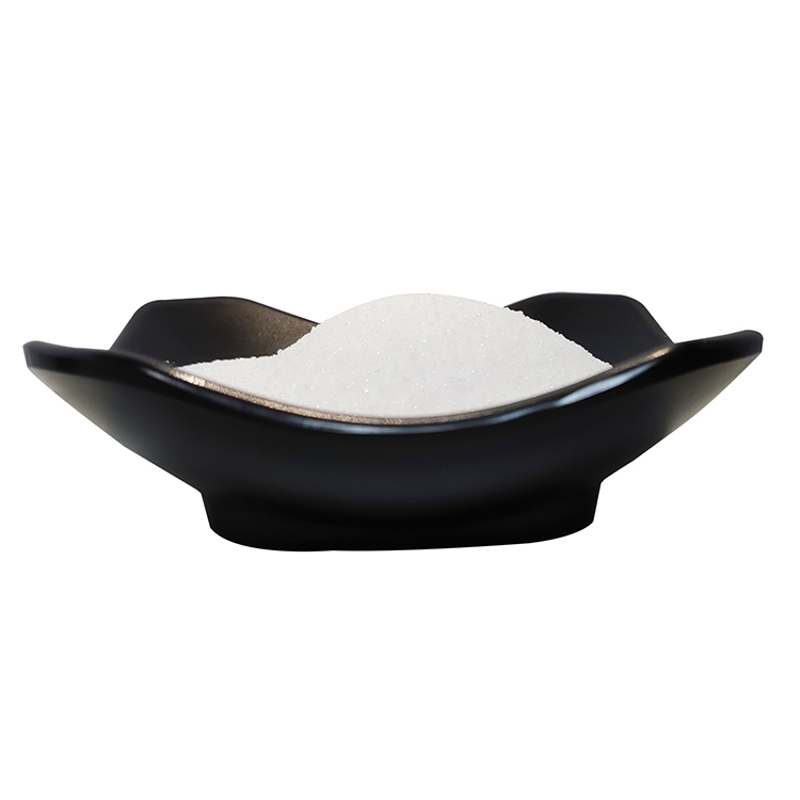-
Categories
-
Pharmaceutical Intermediates
-
Active Pharmaceutical Ingredients
-
Food Additives
- Industrial Coatings
- Agrochemicals
- Dyes and Pigments
- Surfactant
- Flavors and Fragrances
- Chemical Reagents
- Catalyst and Auxiliary
- Natural Products
- Inorganic Chemistry
-
Organic Chemistry
-
Biochemical Engineering
- Analytical Chemistry
-
Cosmetic Ingredient
- Water Treatment Chemical
-
Pharmaceutical Intermediates
Promotion
ECHEMI Mall
Wholesale
Weekly Price
Exhibition
News
-
Trade Service
Fermented pasta such as steamed buns and buns are the "main responsibility"
in Chinese staple foods.
However, there is a saying on the Internet that the processing of these pasta uses industrially produced yeast, and often eating foods fermented with yeast may hurt the stomach
.
In addition, long-term intake of high-purine foods may lead to hyperuricemia and gout, and the purine content in yeast powder is high, so is it really bad to often eat foods fermented with yeast? Ruan Guangfeng, director of the Science and Technology Communication Department of Kexin Food and Health Information Exchange Center, responded that eating foods containing yeast fermentation not only does not hurt the stomach, but can improve the digestion and absorption of nutrients in the diet, and according to people's staple food intake at each meal, the intake of purines can be basically ignored
.
Ruan Guangfeng explained that yeast is actually a common name for yeast, which is a microorganism
that was applied relatively early to humans.
Compared with the traditional "noodle driver", industrially produced yeast has a short fermentation time, strong fermentation effect, and less acid produced during the fermentation process, which can reduce the burden
on the gastrointestinal tract to a certain extent.
Under the temperature conditions of 25-30 degrees Celsius, yeast will use the carbohydrates in the dough to grow and multiply, decompose maltose and glucose, thereby producing a large amount of carbon dioxide gas, making gluten expand and form a loose texture
.
At the same time, fermentation also breaks down the phytic acid in the flour that affects iron absorption, making it easier for the body to obtain micronutrients
.
As for whether eating yeast-fermented steamed buns often leads to high uric acid, this concern is mainly due to the high
purine content of yeast powder itself.
Ruan Guangfeng said that from the purine content alone, the purine content of 100 grams of yeast powder is about 559 mg, and yeast powder is indeed a high-purine food
.
However, from the intake analysis, the recommended amount of yeast powder is 0.
5%, that is, 5 grams per packet, about 1 kg of flour, according to the amount of staple food per person 100 grams per person per meal, the purine content is basically negligible, there is no need to worry about eating yeast fermented food will lead to high uric acid, and even gout
.
But using yeast for food requires attention to the following points
.
One is to confirm whether the yeast is within
the shelf life.
Second, we should pay attention to distinguish whether the yeast bought belongs to high-sugar yeast or low-sugar yeast
.
Generally speaking, "high-sugar" yeast is mainly used for dough with a sugar content of more than 7%, such as sweet bread, etc.
, while home-made steamed buns, buns, and whole wheat bread can choose
yeast powder with the word "low-sugar type".
Third, it depends on whether the packaging is hard, because the active dry yeast will be vacuum packaged, and the packaging bag will become soft, indicating that there may be air entering, which will lead to a decrease
in yeast vitality.
Before the yeast is used, add a small amount of warm water to the required amount of yeast to gently stir and dissolve, and then add a small spoonful of sugar, let stand for 3-5 minutes, so that the yeast "activates" and then put it in the flour, which can ensure that the reconciled dough is fully fermented in the shortest time, which not only saves time, but also makes the steamed dough more fluffy and sweet
.
China Food News(November 03, 2022 Version 06)
(Editor: Zhu Meiqiao)







